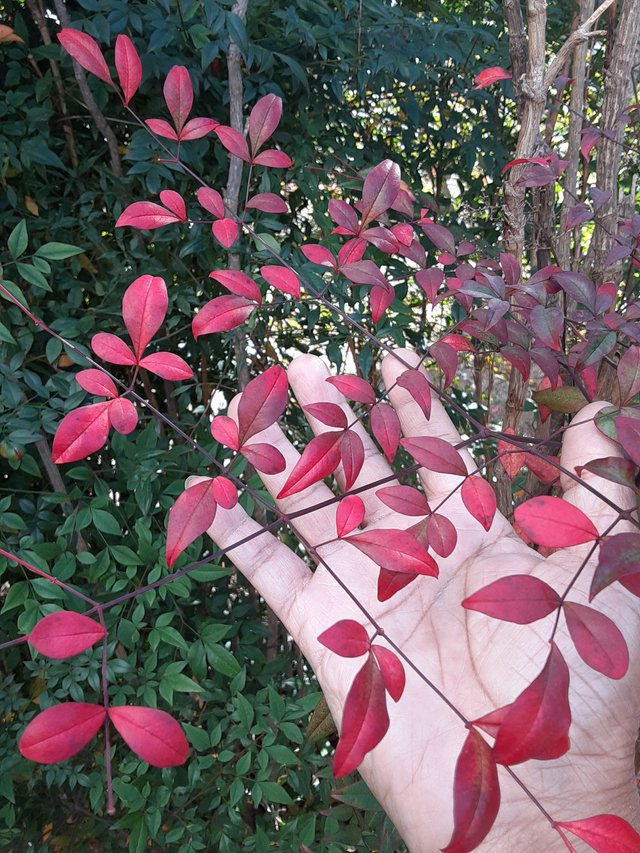
Vaccinium sect. Cyanococcus, commonly known as the blueberry section, encompasses a group of flowering shrubs within the genus Vaccinium. These shrubs are well-known for their delicious blue berries, but their autumn foliage is also a sight to behold!
Vaccinium sect. Cyanococcus in Autumn:
As summer winds down and days shorten, the leaves of Vaccinium sect. Cyanococcus undergo a stunning transformation. The once vibrant green foliage gradually gives way to a symphony of fiery hues:
- Red: From deep crimson to scarlet, red is the dominant color in most blueberry species. The leaves often take on a fiery intensity, especially in sunny locations.
- Orange: Some species, like the lowbush blueberry (Vaccinium angustifolium), display splashes of vibrant orange alongside the red. This creates a mesmerizing blend of warmth and vibrancy.
- Purple: Deep, regal purple shades can also be found in certain species, adding a touch of elegance to the autumnal display.
Factors Influencing Foliage Color:
The intensity and variation of colors in Vaccinium sect. Cyanococcus leaves are influenced by several factors:
- Species: Different species within the section naturally exhibit different color palettes.
- Temperature: Cooler temperatures and shorter days trigger the breakdown of chlorophyll, revealing the underlying pigments that produce the autumnal colors.
- Sunlight: Plants exposed to full sun tend to display more vibrant colors than those in shade.
- Nutrient availability: Adequate supplies of phosphorus and potassium contribute to richer autumn foliage.
Beyond Beauty:
The vibrant autumn foliage of Vaccinium sect. Cyanococcus serves more than just an aesthetic purpose. The changing colors act as a signal for the plant to prepare for winter dormancy. Additionally, the fallen leaves provide essential nutrients for the soil, supporting the plant's future growth.
Viewing Vaccinium sect. Cyanococcus in Autumn:
If you're eager to witness the breathtaking autumn transformation of Vaccinium sect. Cyanococcus leaves, head to areas where these shrubs grow naturally. Here are some suggestions:
- Wild blueberry patches: Many regions boast wild blueberry populations, offering a chance to experience the autumn spectacle in its natural setting.
- Blueberry farms: Many blueberry farms allow visitors to pick their own berries, and the autumn foliage provides a stunning backdrop for the experience.
- Public gardens: Botanical gardens and arboretums often feature blueberry collections, showcasing the autumnal beauty of these versatile shrubs.
So, the next time you find yourself marveling at autumn's fiery palette, remember to look for the vibrant leaves of Vaccinium sect. Cyanococcus. These little shrubs pack a powerful punch of color, adding a touch of magic to the changing season.
Ref.:
 |  |
Upvoted! Thank you for supporting witness @jswit.
Downvoting a post can decrease pending rewards and make it less visible. Common reasons:
Submit